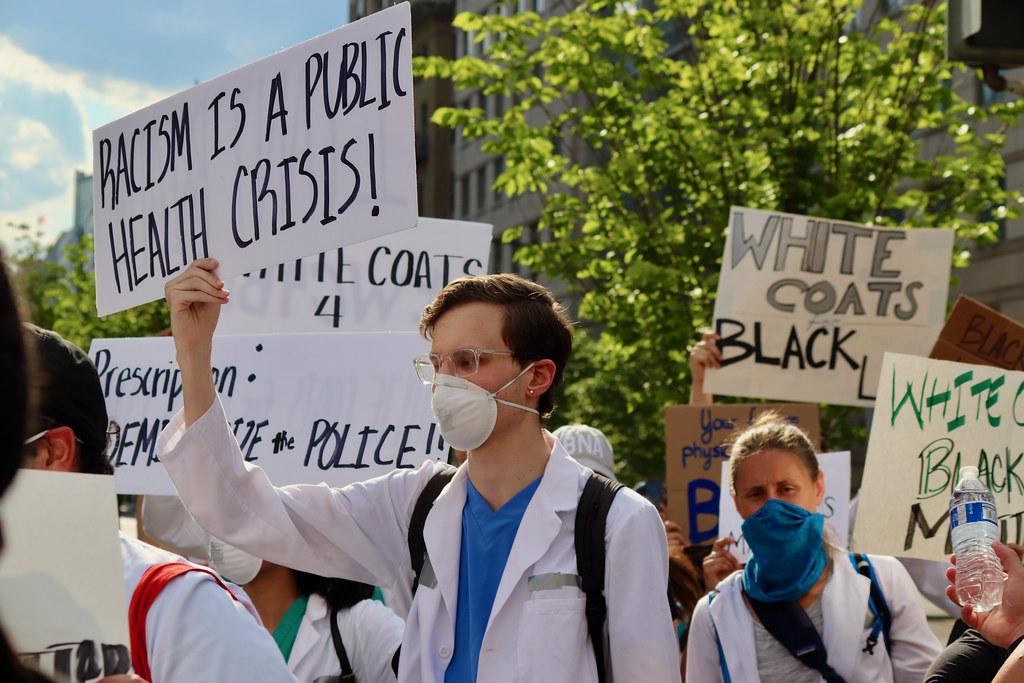Gun Violence: An Unfolding Public Health Crisis
Recently, the Surgeon General declared gun violence a public health crisis, emphasizing the urgent need for comprehensive measures to address this pressing issue. This announcement has far-reaching implications, impacting every facet of society. In this article, we’ll delve into the multifaceted aspects of gun violence, understand its extensive impact, and explore strategic steps towards mitigation.
Understanding the Surgeon General’s Concerns
The Surgeon General’s declaration spotlights gun violence as not just a criminal justice issue but a public health emergency. This recognition stems from various alarming statistics and societal impacts:
| Metric | Value |
|---|---|
| Annual Gun-related Deaths in the U.S. | ~40,000 |
| Non-fatal Gun Injuries per Year | ~85,000 |
| Cost of Gun Violence (Medical & Societal) | $229 Billion |
| Impact on Community Mental Health | Significant |
Health Implications of Gun Violence
Physical Injuries
Gun violence leads to a staggering number of physical injuries annually, ranging from minor wounds to life-threatening conditions. Emergency rooms across the nation see thousands of gunshot victims each year, straining healthcare systems and resources.
Mental Health Challenges
Exposure to gun violence causes psychological trauma, not only to victims but also to witnesses and communities at large. PTSD, anxiety, and depression are common consequences, especially among children and adolescents who experience or witness such violence.
Economic Burden
The financial impact of gun violence is monumental. Healthcare costs, loss of productivity, and legal expenses accumulate, burdening both public funds and individual households.
Societal Impact of Gun Violence
Community Safety and Cohesion
Gun violence erodes community trust and cohesion. Residents in high-violence areas often feel unsafe, and community initiatives face significant setbacks due to persistent fear and instability.
Education and Youth
Schools in violence-prone areas experience disruptions that hinder educational progress. Chronic absenteeism, school lockdowns, and psychological stresses significantly affect students’ learning and development.
Policy and Legislation
This crisis calls for robust policy intervention. Legislative measures need to be grounded in empirical research and aimed at reducing access to firearms for at-risk groups, enhancing background checks, and supporting violence prevention programs.
Preventive Measures and Strategic Actions
Strengthening Community Programs
Investing in community-driven programs that focus on conflict resolution, youth engagement, and social services can mitigate violence levels. Initiatives like community policing and partnerships with local organizations play pivotal roles.
Educational Campaigns
Raising awareness about the dangers of firearms and educating the public on gun safety can reduce accidental shootings and misuse. School and community-based educational campaigns are essential in spreading this vital information.
Mental Health Support Systems
Ensuring accessible and adequate mental health services in affected areas helps address trauma and prevents retaliatory violence. Counseling, support groups, and crisis intervention are crucial elements.
Policy Reforms
- Universal Background Checks: Rigorous checks can prevent firearms from reaching high-risk individuals.
- Red Flag Laws: These laws enable temporary restriction of firearm access to individuals showing dangerous behavior.
- Ammunition Regulation: Controlling ammunition sales to flagged individuals could reduce potential violence.
Case Studies: Successful Interventions
Boston’s Operation Ceasefire
Boston’s Operation Ceasefire serves as a successful model in gun violence reduction. By focusing enforcement efforts on eliminating gang violence and providing pathways for at-risk youth, the city witnessed a significant drop in gun-related activities.
Richmond, California’s Office of Neighborhood Safety
Richmond’s initiative involves outreach workers who engage with vulnerable youth, offering them a blend of mentorship, social services, and financial incentives to avoid violence. This proactive and supportive approach has achieved notable success.
Firsthand Experience: Voices from the Field
Tamika Palmer, whose daughter Breonna Taylor was fatally shot, emphasizes a holistic approach to preventing gun violence:
“It’s not just about laws, it’s about changing the culture of violence. We need strong communities, better educational opportunities, and support systems that address both symptoms and root causes of violence.”
Further, community leader David McGowan shares his perspective:
“Intervening early with youth programs, providing mental health support, and fostering open dialogue within communities can reshape the narrative surrounding gun violence.”
Benefits and Practical Tips for Preventing Gun Violence
- Community Empowerment: By actively involving community members in violence prevention, societies can foster a stronger sense of ownership and responsibility.
- Regular Training: Programs on recognizing and reacting to signs of potential violence can prepare individuals and organizations to respond effectively.
- Partnerships: Collaborating with law enforcement, healthcare providers, and social services can create an integrated network addressing the multifaceted nature of gun violence.
The Surgeon General’s decisive stance underscores an urgent need for actionable solutions. With concerted efforts, targeted policies, and community engagement, we can steer towards a safer and healthier future.


